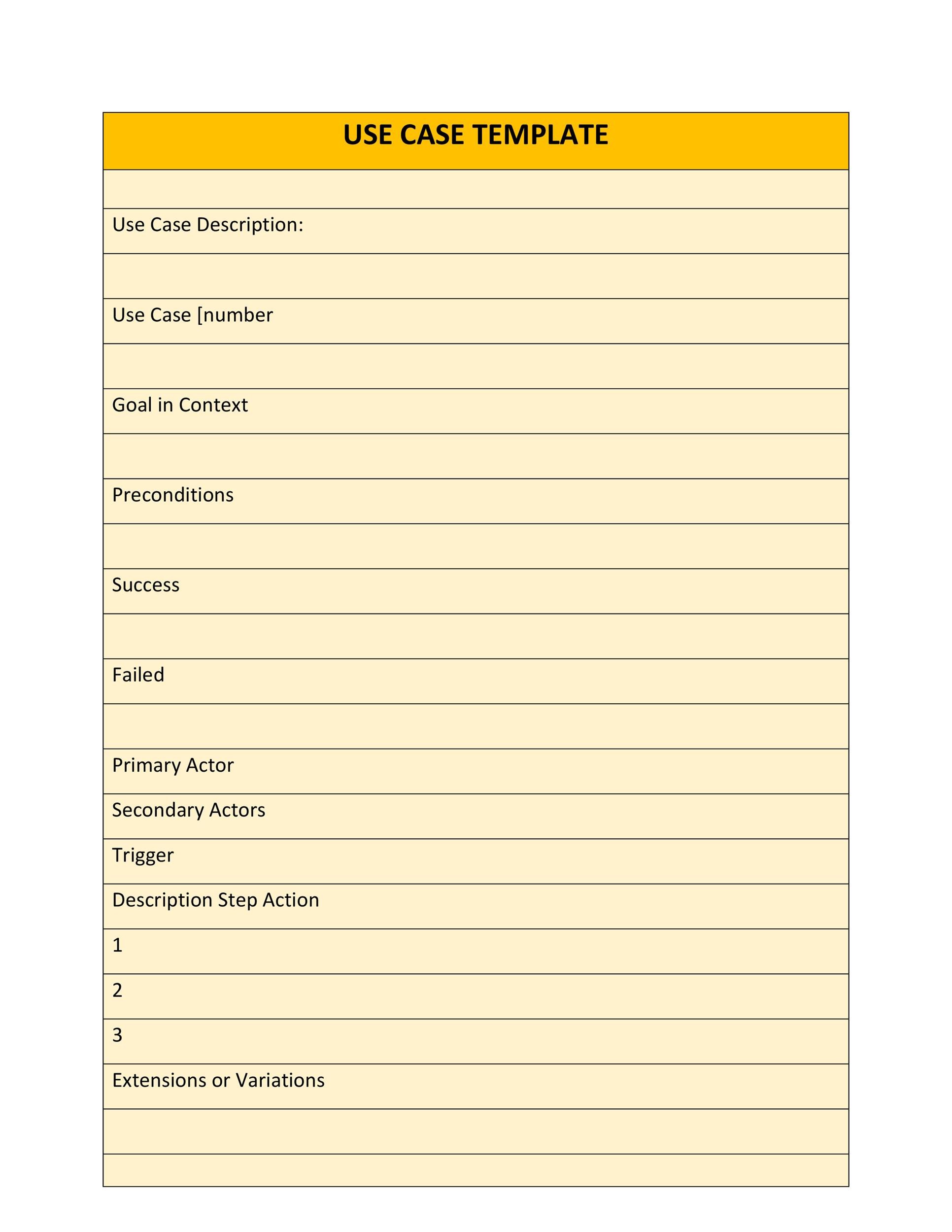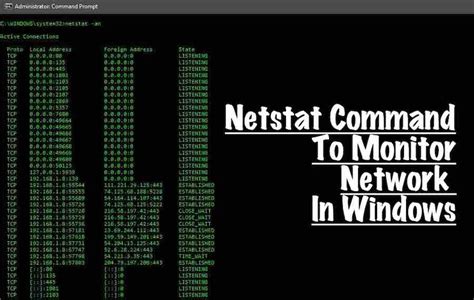Kill Army Worms

The armyworm, a notorious pest known for its voracious appetite and destructive nature, poses a significant threat to agricultural crops and grasslands. These nocturnal caterpillars, primarily belonging to the species Mythimna unipuncta (also known as the true armyworm) and Pseudaletia unipuncta (commonly referred to as the common armyworm), have the ability to rapidly defoliate vast areas, causing substantial economic damage and ecological disruptions. Effective management of armyworm infestations is crucial for farmers and land managers to protect their crops and maintain ecological balance.
Understanding Armyworms

Armyworms are the larval stage of certain moth species, with the most prevalent being the Mythimna unipuncta and Pseudaletia unipuncta mentioned earlier. These pests are characterized by their gregarious nature, often forming large groups that move in a coordinated manner, resembling an “army” marching through fields and devouring vegetation in their path. This behavior is the origin of their name.
Lifecycle and Identification
The armyworm’s lifecycle consists of four distinct stages: egg, larva, pupa, and adult. The female moths lay their eggs in clusters on host plants, and these eggs hatch within a week. The resulting larvae, the armyworms, undergo several molts as they grow, with each instar (growth stage) appearing slightly different. The fully grown larvae measure about 2.5-3.5 cm in length and are typically green, brown, or black with a distinctive white line running along their sides. They have a dark head capsule and a series of dark spots along their backs.
Habitat and Distribution
Armyworms are prevalent across various regions, particularly in North America, where they are a major concern for farmers. They thrive in a range of habitats, from agricultural fields to grasslands and even urban areas. Their ability to adapt to different environments and their rapid reproductive cycle make them a persistent and challenging pest to manage.
Impact of Armyworm Infestations

Armyworm infestations can have devastating effects on agricultural productivity and ecosystems. These caterpillars are polyphagous, meaning they feed on a wide variety of plant species, including grasses, cereals, and various crops such as corn, wheat, and rice. Their feeding habits can lead to significant yield losses, reduced crop quality, and even complete crop failure in severe cases.
Agricultural Losses
In agricultural settings, armyworms can cause extensive damage to crops. They target the leaves, stems, and reproductive parts of plants, often leaving only the bare stalks behind. This feeding behavior can result in reduced photosynthesis, stunted growth, and decreased crop yields. Additionally, armyworms can contaminate grain crops with their excrement, making the harvested produce unfit for consumption.
Ecological Disruptions
Beyond agriculture, armyworms also impact natural ecosystems. Their feeding on grasses and other vegetation can lead to habitat degradation, affecting wildlife that relies on these plants for food and shelter. Furthermore, armyworm infestations can disrupt the balance of ecosystems by reducing plant biomass and altering nutrient cycling processes.
Management Strategies for Armyworms

Effectively managing armyworm infestations requires a multifaceted approach that combines various strategies. Here are some key methods used to control armyworms:
1. Cultural Control
Cultural control measures focus on modifying agricultural practices to prevent or minimize armyworm infestations. This includes practices such as:
- Crop Rotation: Rotating crops can disrupt the armyworm's lifecycle by reducing the availability of suitable host plants.
- Sanitation: Removing crop residues and weeds that serve as potential armyworm habitats can help reduce their population.
- Trap Crops: Planting certain crops that are highly attractive to armyworms can act as a trap, drawing them away from the main crop.
- Early Planting: Planting crops early in the season can allow them to mature before armyworm populations peak.
2. Biological Control
Biological control involves the use of natural enemies to manage armyworm populations. This method is environmentally friendly and can be highly effective. Some common biological control agents include:
- Parasitoids: Certain wasps and flies lay their eggs on or inside armyworm larvae. When the parasitoid eggs hatch, the larvae feed on the armyworm, eventually killing it.
- Predators: Birds, insects, and small mammals can prey on armyworms, helping to keep their populations in check.
- Pathogens: Diseases caused by bacteria, viruses, or fungi can infect and kill armyworms. Introducing these pathogens into the environment can help control armyworm populations.
3. Chemical Control
Chemical control involves the use of pesticides to manage armyworm infestations. While this method can be effective, it should be used judiciously to minimize environmental impacts and potential resistance development. Here are some key considerations for chemical control:
- Selective Pesticides: Choose pesticides that specifically target armyworms while minimizing harm to beneficial insects and other non-target organisms.
- Timing: Apply pesticides when armyworm populations are still low and before they cause significant damage. Regular monitoring of fields is crucial to identify the optimal timing for treatment.
- Integrated Pest Management (IPM): IPM combines cultural, biological, and chemical control methods to manage pests effectively. By integrating these approaches, farmers can minimize the use of pesticides while still effectively controlling armyworm populations.
4. Monitoring and Early Detection
Regular monitoring of fields is essential for early detection of armyworm infestations. This allows for timely intervention and the implementation of appropriate control measures. Farmers can use various monitoring techniques, such as:
- Visual inspection of crops for armyworm presence and damage.
- Setting up pheromone traps to attract and capture male moths, indicating the presence of armyworms in the area.
- Using light traps to attract and capture armyworm moths, providing an indication of their population levels.
5. Integrated Pest Management (IPM) Approach
The most effective approach to managing armyworms is through an integrated pest management strategy. IPM combines various control methods, such as cultural, biological, and chemical controls, in a coordinated manner. By integrating these approaches, farmers can minimize the use of pesticides, reduce environmental impacts, and maintain long-term control of armyworm populations.
Challenges and Future Directions

Despite the various control strategies available, managing armyworm infestations remains a significant challenge. Armyworms’ ability to rapidly develop resistance to pesticides and their high reproductive potential make them a persistent threat. Additionally, the ecological and economic impacts of armyworm infestations can be severe, especially in regions heavily reliant on agriculture.
Research and Innovation
Ongoing research and innovation are crucial for developing more effective and sustainable armyworm management strategies. This includes exploring new biological control agents, improving monitoring techniques, and developing more selective and environmentally friendly pesticides. Additionally, genetic engineering and biotechnology offer potential avenues for developing armyworm-resistant crop varieties.
Collaborative Efforts
Managing armyworm infestations requires collaboration between farmers, researchers, extension services, and government agencies. Sharing knowledge, resources, and best practices can help improve the effectiveness of armyworm management strategies and ensure a more coordinated response to infestations. Collaborative efforts can also facilitate the development and implementation of integrated pest management programs.
Conclusion

Armyworms are a formidable pest, capable of causing significant damage to agricultural crops and natural ecosystems. Effective management of armyworm infestations is essential to protect food security, maintain ecological balance, and ensure the sustainability of agricultural practices. By combining cultural, biological, and chemical control methods in an integrated pest management approach, farmers and land managers can mitigate the impacts of armyworms and safeguard their crops and ecosystems.
What are some common signs of an armyworm infestation in crops?
+Signs of an armyworm infestation include sudden and extensive defoliation, particularly in the early morning or late evening when the caterpillars are most active. You may also notice frass (insect excrement) on the ground or on the leaves of plants. Additionally, armyworm larvae may leave silk trails on plants as they move, which can be a telltale sign of their presence.
<div class="faq-item">
<div class="faq-question">
<h3>How can farmers implement cultural control measures to prevent armyworm infestations?</h3>
<span class="faq-toggle">+</span>
</div>
<div class="faq-answer">
<p>Farmers can implement cultural control measures by practicing crop rotation, avoiding monocropping, and maintaining good field sanitation. Regular scouting and monitoring of fields can help detect armyworm presence early on, allowing for timely intervention. Additionally, the use of trap crops and early planting can help disrupt armyworm lifecycle and reduce their impact on the main crop.</p>
</div>
</div>
<div class="faq-item">
<div class="faq-question">
<h3>What are some effective biological control agents for armyworms?</h3>
<span class="faq-toggle">+</span>
</div>
<div class="faq-answer">
<p>Effective biological control agents for armyworms include parasitic wasps, such as <em>Cotesia marginiventris</em> and <em>Chelonus insularis</em>, which lay their eggs on or inside armyworm larvae. These parasitoid wasps can significantly reduce armyworm populations. Additionally, certain bacteria, such as <em>Bacillus thuringiensis</em> (Bt), can be used as a biological pesticide to control armyworms.</p>
</div>
</div>
</div>



